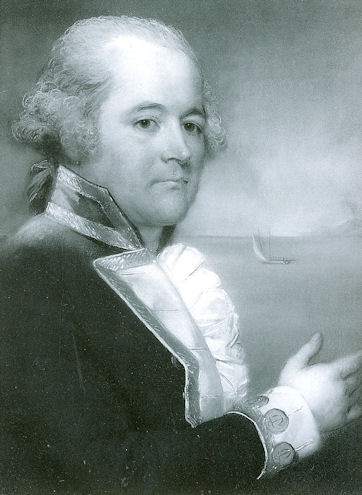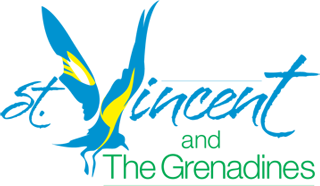The St. Vincent Botanical Garden was founded in 1765 and is the oldest in the Western Hemisphere and perhaps the oldest in the tropical world.
Beginning of the Gardens (1765-1811)
In the early 18th century great store was laid on introducing exotics and valuable commercial plants from the East to Kew gardens in England to be sent later to the American tropics. Prizes and rewards were given by the Royal Society to anyone fostering in the introduction, establishment, and dissemination of highly prized species, and so it came about that in 1765 under General Robert Melville, Governor-in-Chief of the then Windward Federation, that a botanic garden was started in St. Vincent. Dr. George Young, Principal Medical Officer and an avid horticulturist, was appointed its first curator. By 1778 under his capable and enthusiastic guidance the garden has attained an enviable reputation and received wide acclaim.
In 1775 the now famous Jamaica botanic garden was established. Under its first Curator, Dr. Thomas Clarke who brought with him valuable contact with the Royal Botanic Garden at Kew, this garden flourished and outstripped the St. Vincent Garden.
Melville’s governorship ended in 1771. He was succeeded by Valentine Morris a friend of Sir Joseph Banks of the Royal Society, a very keen advocate of horticulture and agriculture. In 1776 the Windward Federation was dissolved but Morris remained on as Governor of St. Vincent. In 1779 St. Vincent surrendered to the French. During 1780 – 83 the gardens had an unexpected benefactor in the French Commander-in-Chief in Martinique, General de Bouillé. He was a keen botanist too and struck up a warm friendship with Dr. George Young which resulted in many fruitful exchanges of plants.
In 1778 St. Vincent was returned to the British under the Treaty of Versailles. In that year too Dr. Alexander Anderson succeeded Dr. George Young. He like his predecessor, did invaluable work in enhancing the beauty and utility of the gardens, and between them so enhanced the reputation of the gardens as to record it indelibly for all times. Anderson pursued the work of introduction, testing, propagation and dissemination of an impressive list of plants with viguor and determination and his contributions were tangibly an otherwise rewarded.
In 1787 – 88, Captain William Bligh (see pictures below) made his ill-fated voyage on the H.M.S. Bounty to Tahiti to collect breadfruit and other useful plants for the West Indies. Despite the mutinous outrage, undaunted he returned to Tahiti on the good ship H.M.S. Providence accompanied by the Assistant, this time successfully completing his mission when he dropped anchor in Kingstown harbour on January 23rd.


Anderson tended these plants with great care and affection and the success of his efforts is evidenced in to widespread distribution of this most useful food plants throughout the West Indies. A specimen, a sucker from one of the original plants of 1793, still stands. This is perhaps a 3rd generation sucker but since it is a clone of the original root planted there it is permissible to refer to it as the “original”. This specimen is distinguished from most of the other breadfruit trees in the island by having much more deeply indented leaves. It is always the center of attraction with visitors to the gardens. The breadnut was introduced at the same time.
Anderson’s fruitful relationship with General de Bouillé continued and in 1791 specimens of black pepper and nutmeg were received from French Guiana.
In 1811 Anderson died and his loss was keenly felt both here and in Europe. Vincentians should ever treasure his memory.
Richard A Howard on the early history of the Gardens



